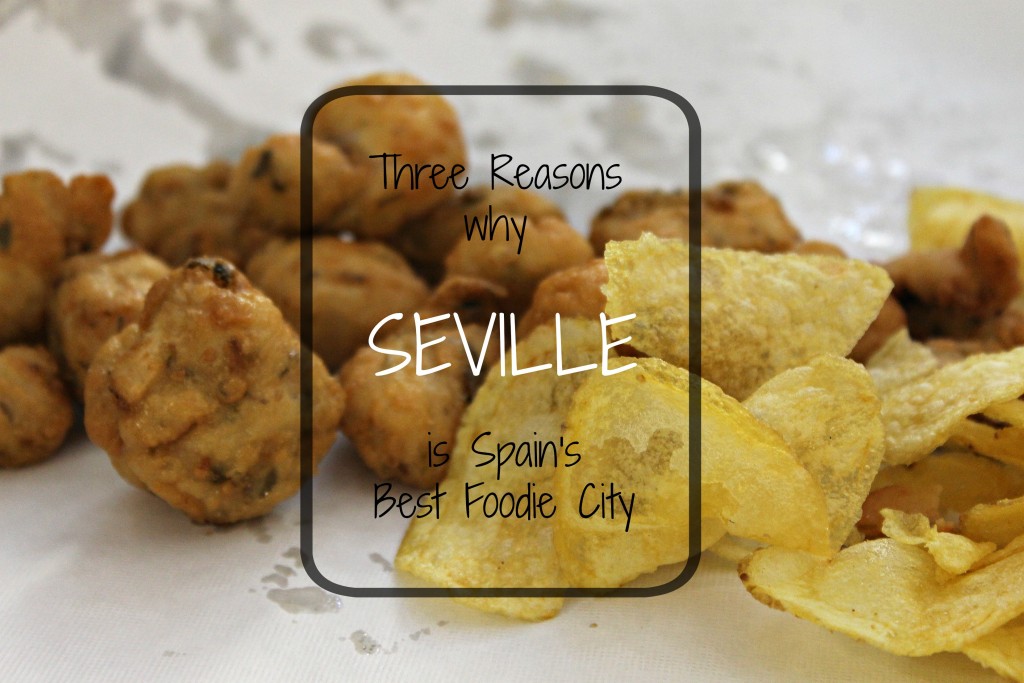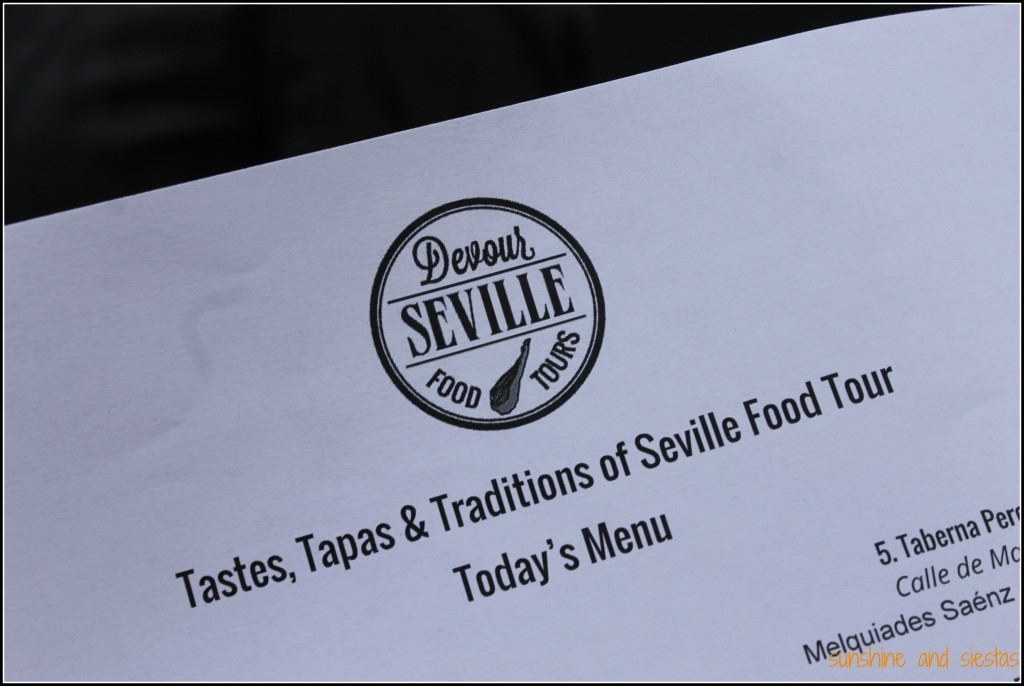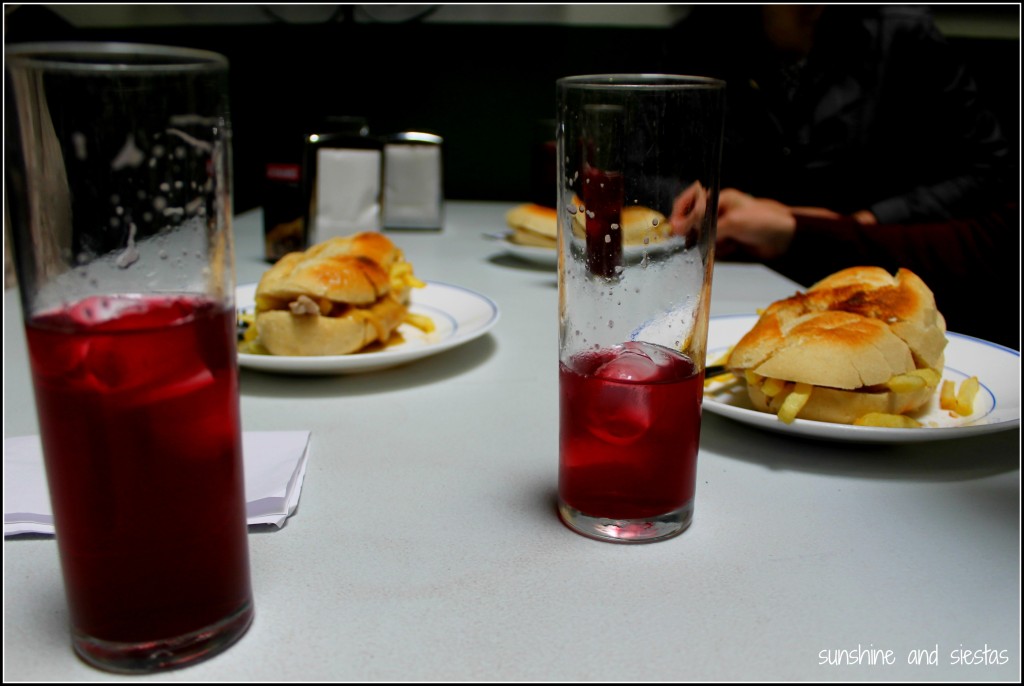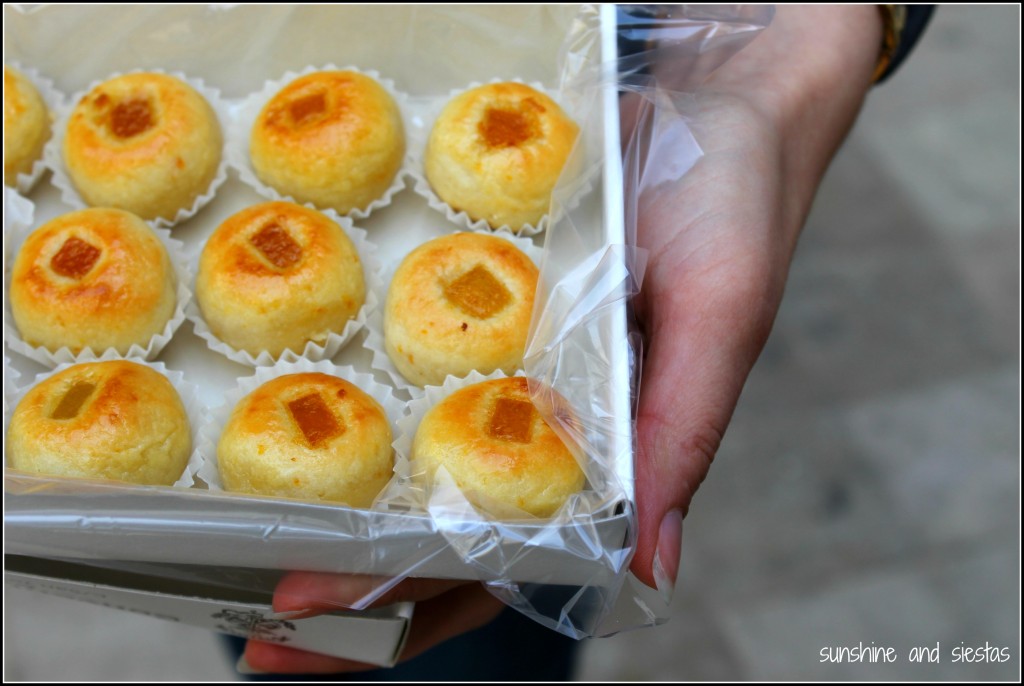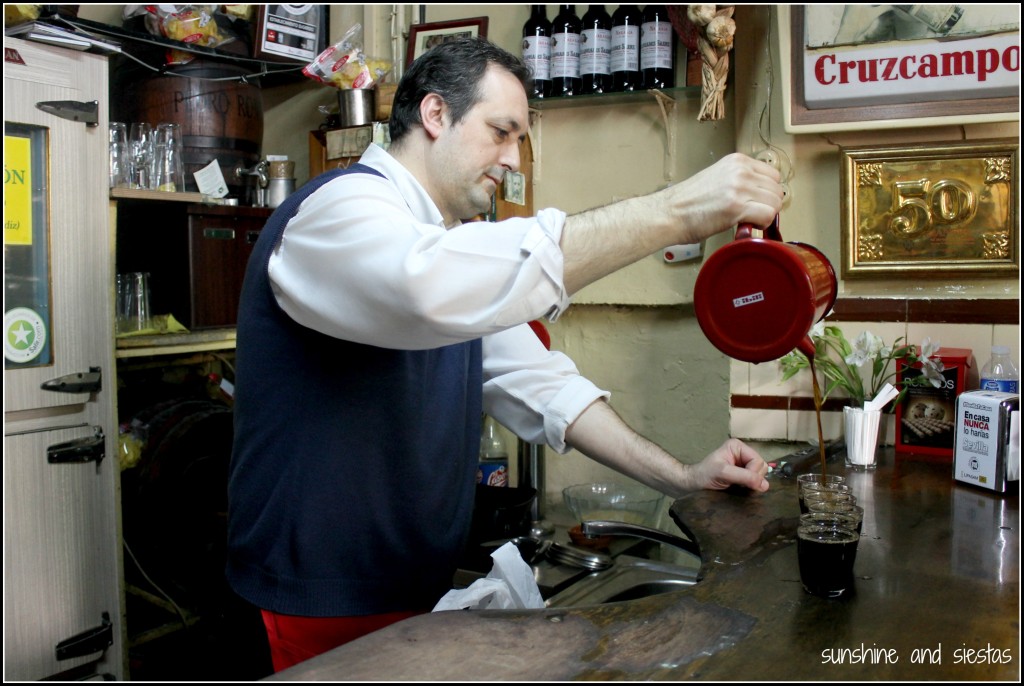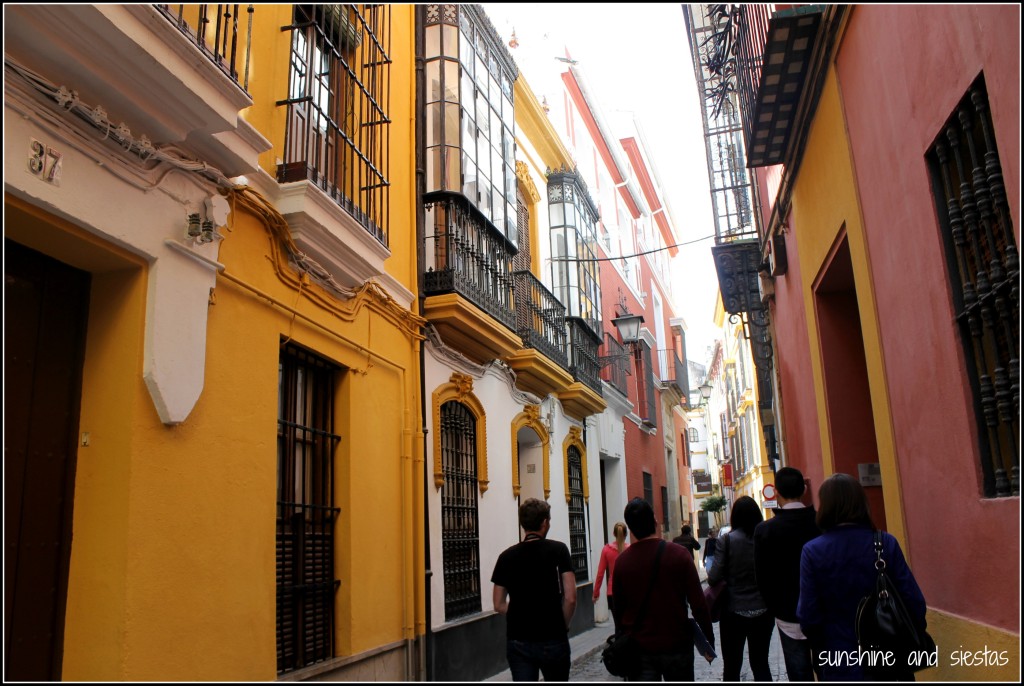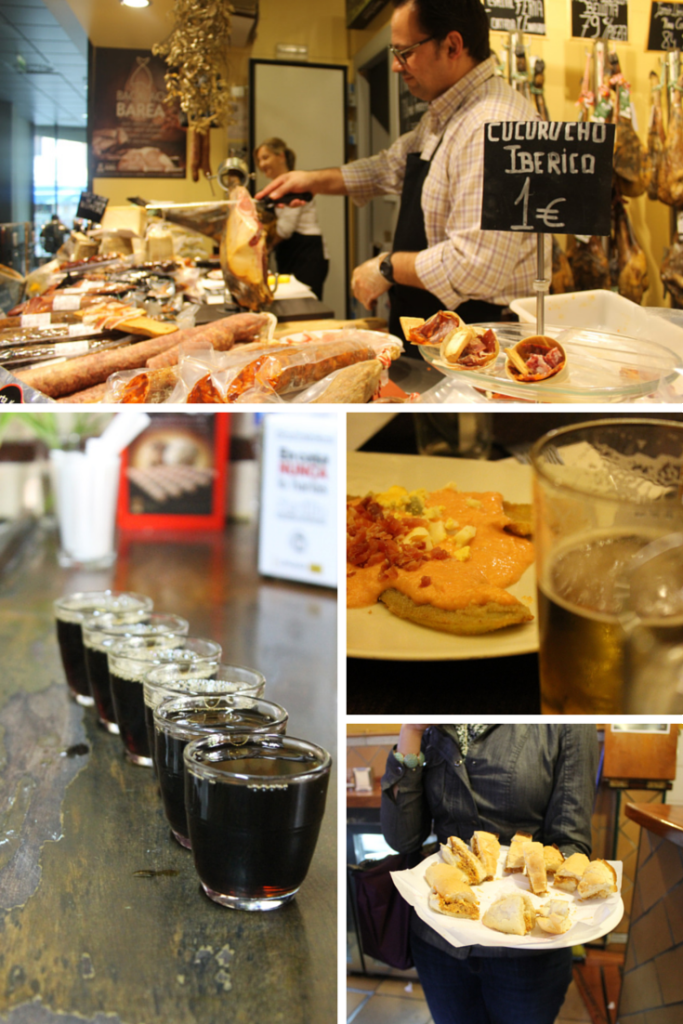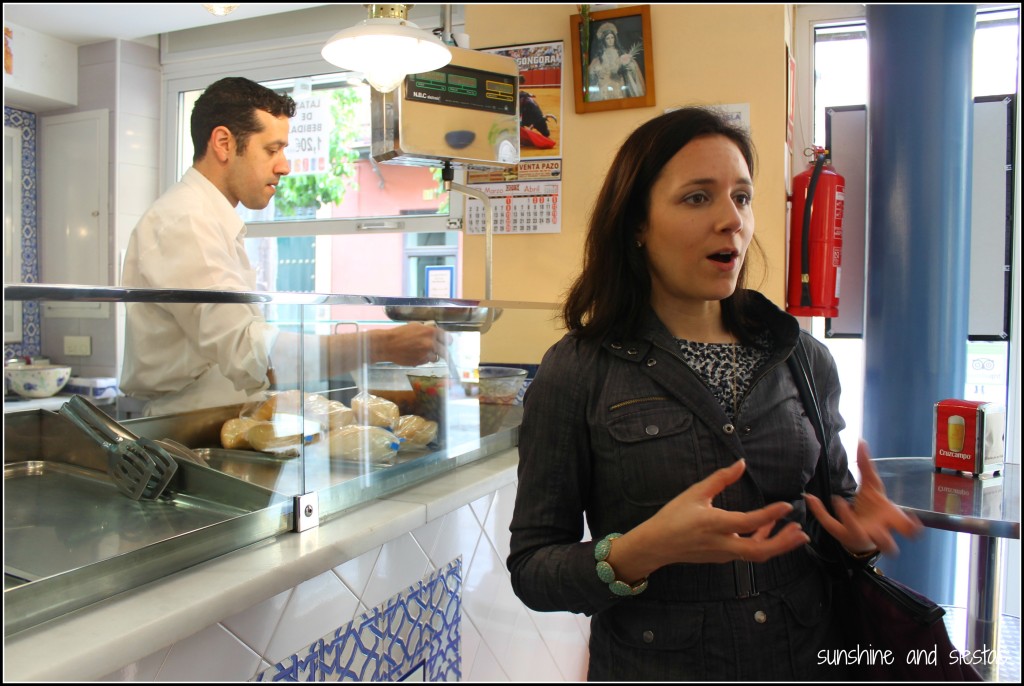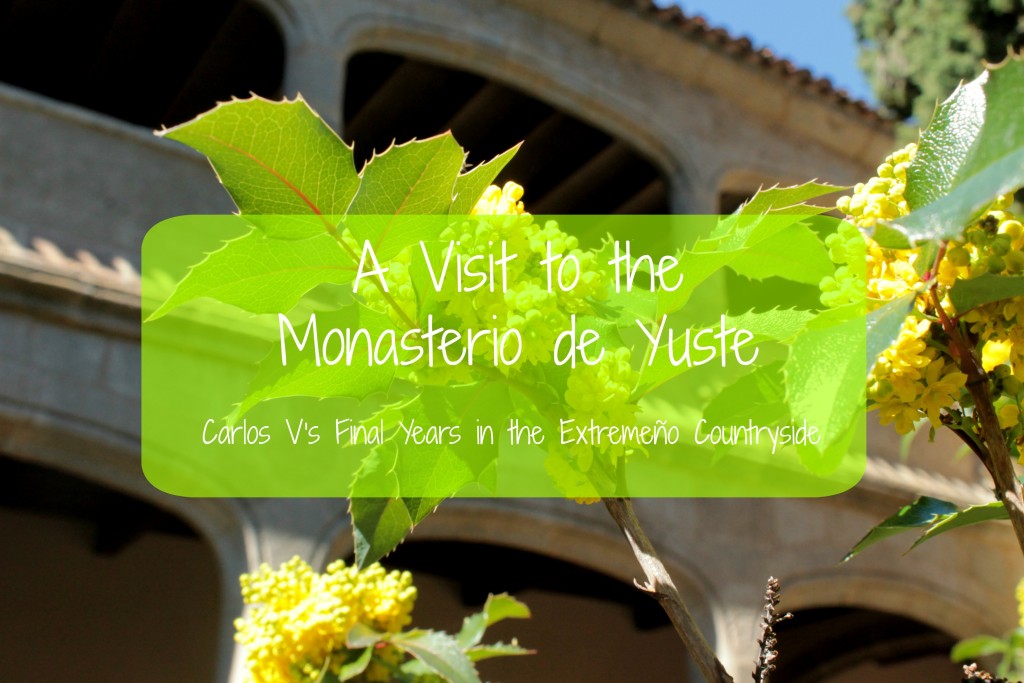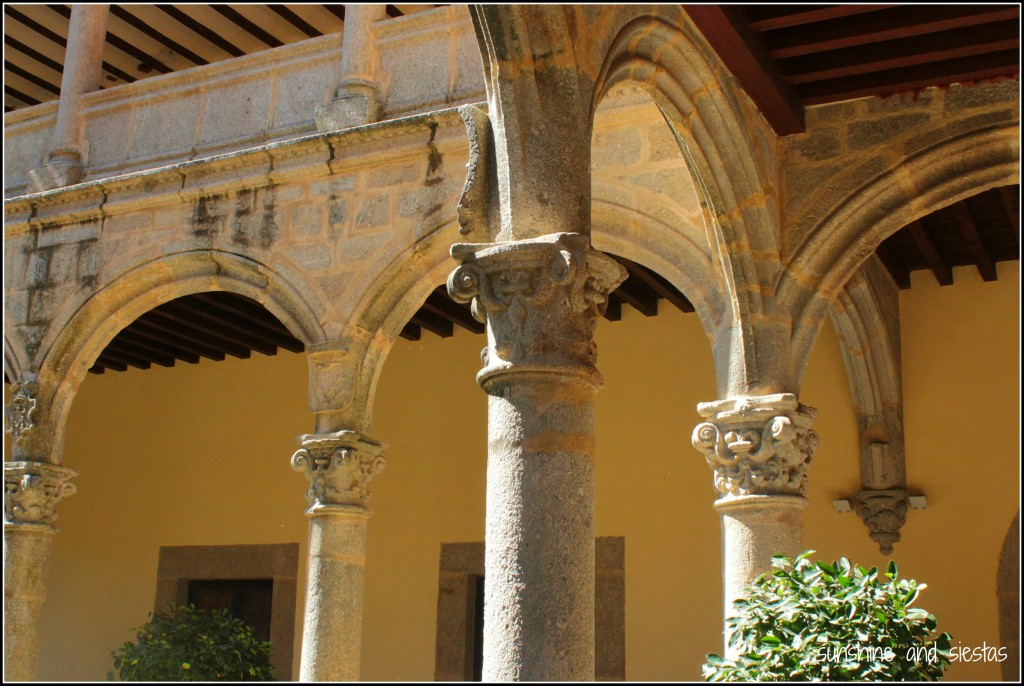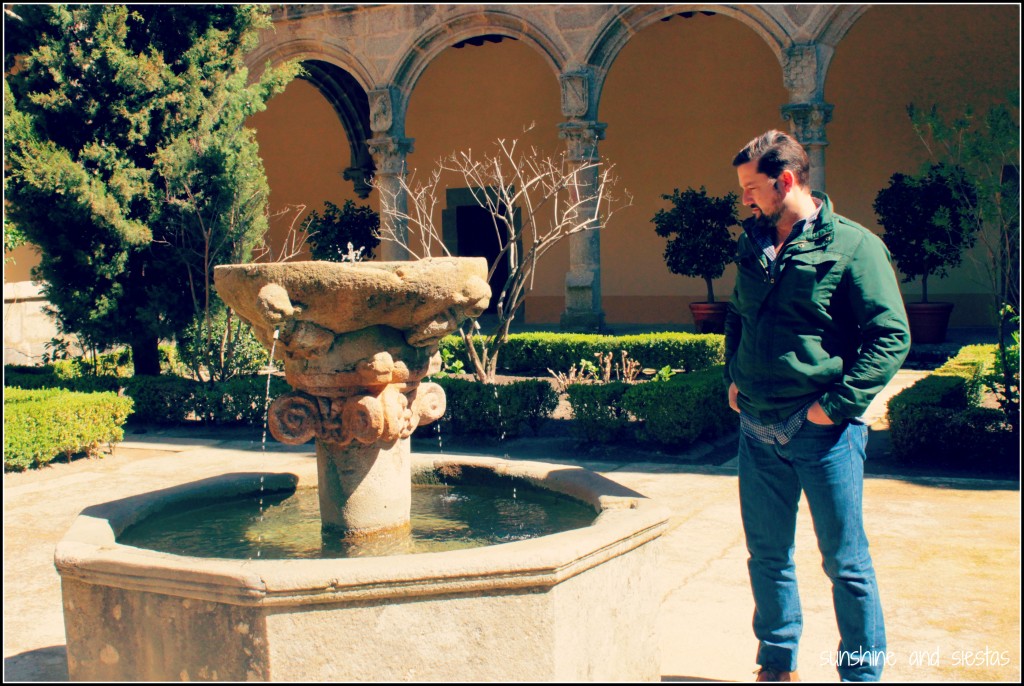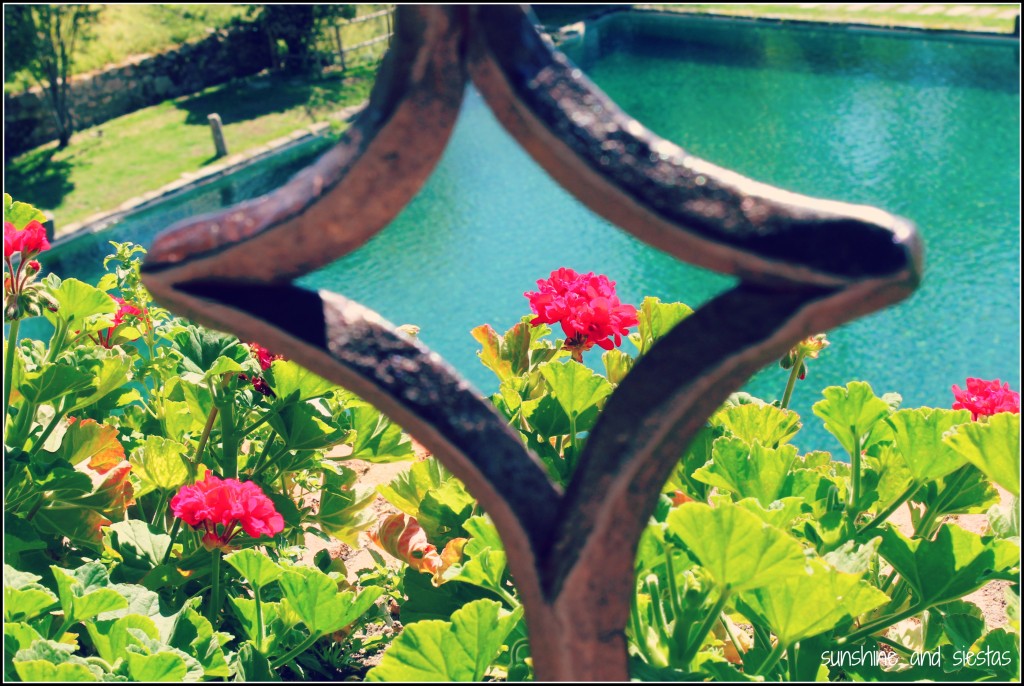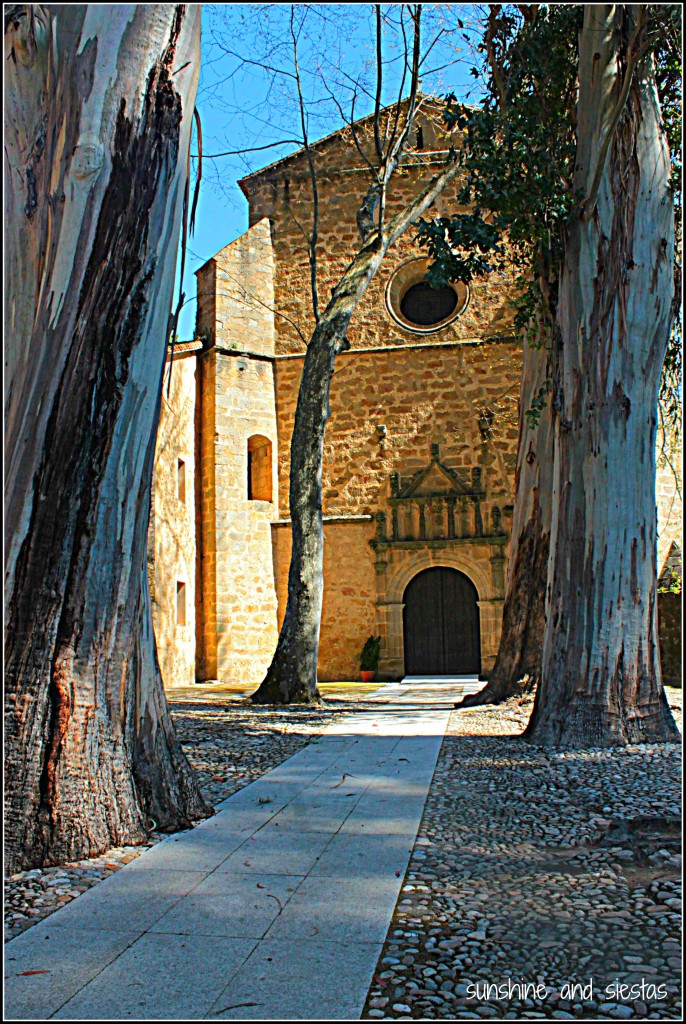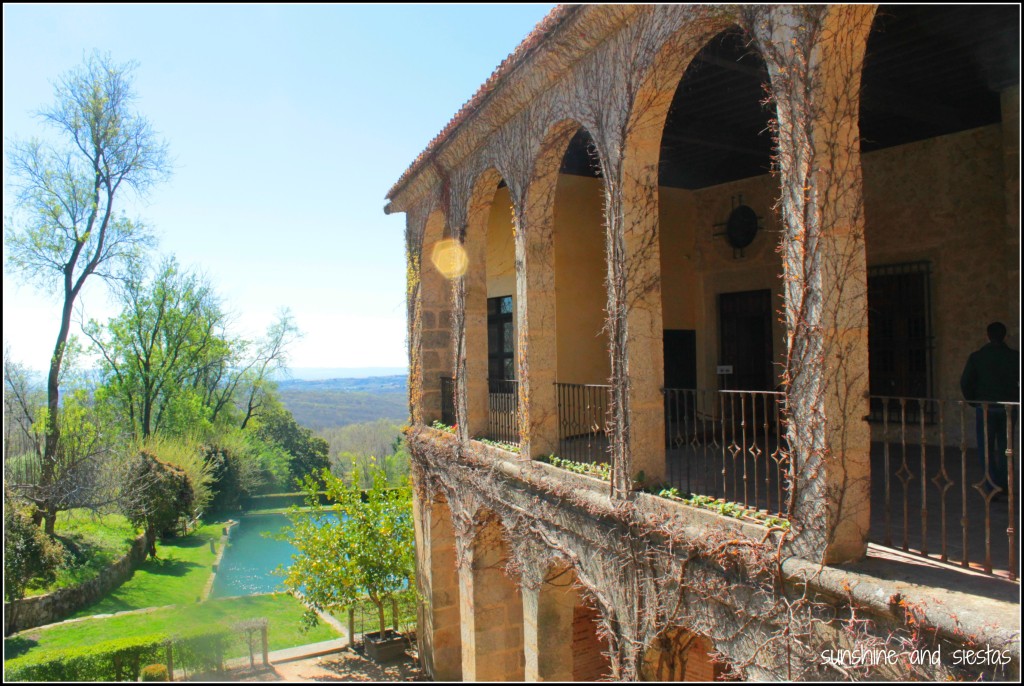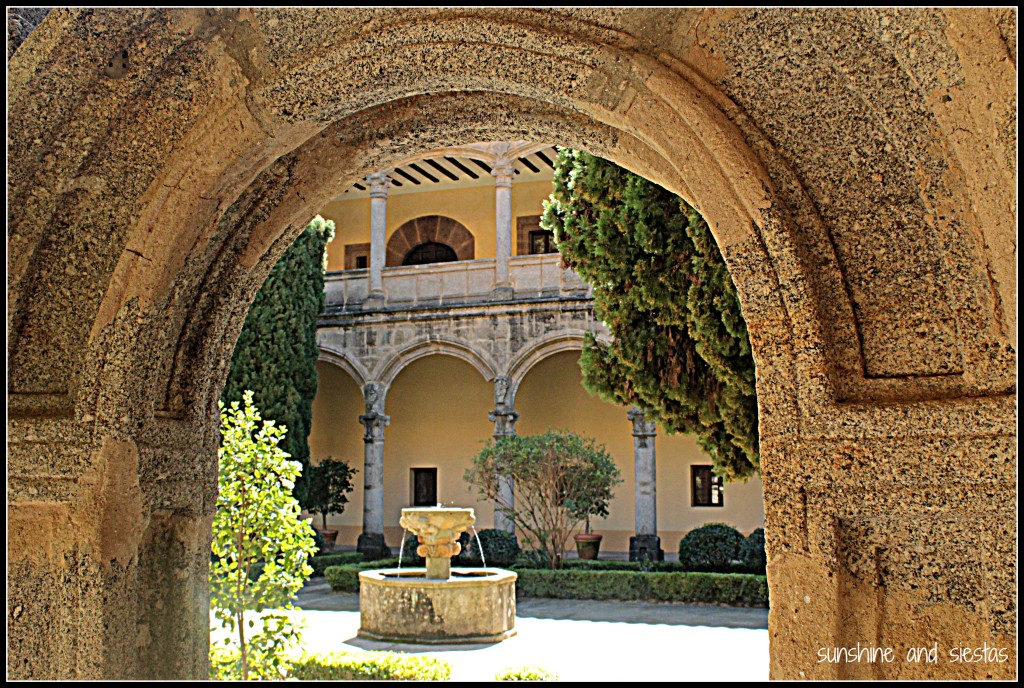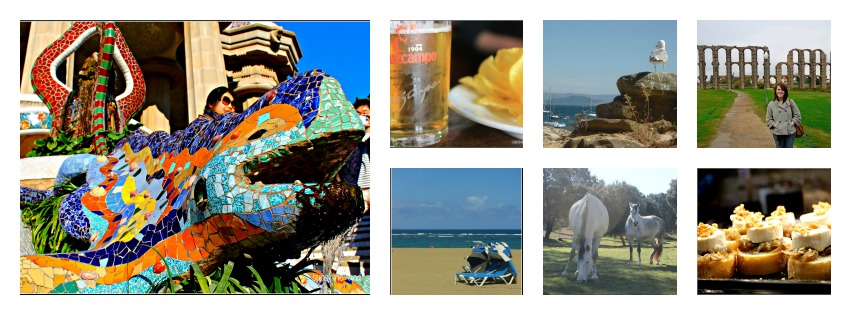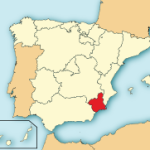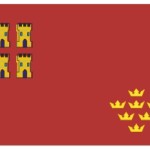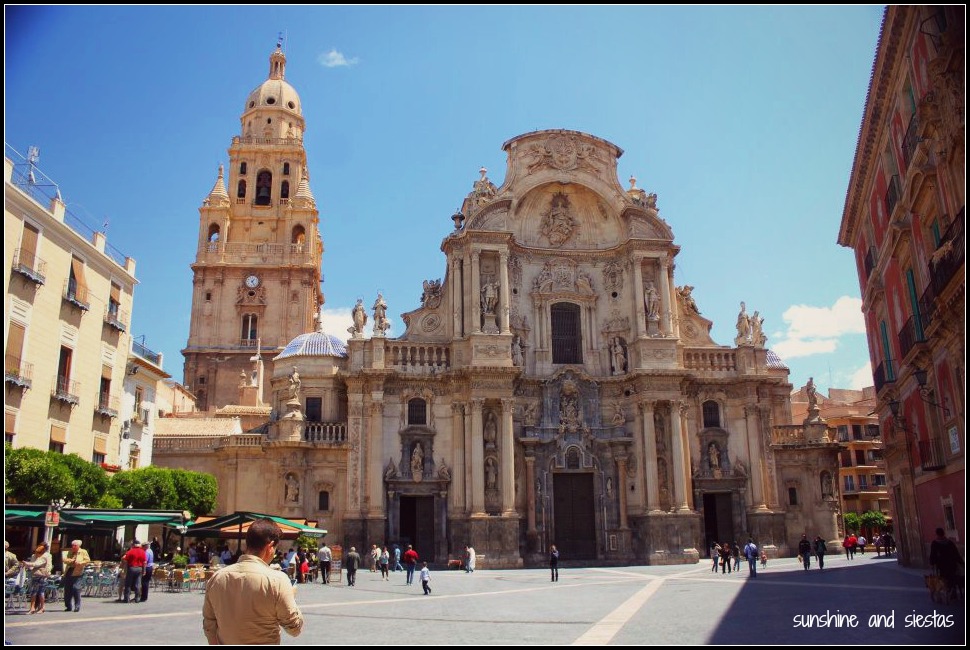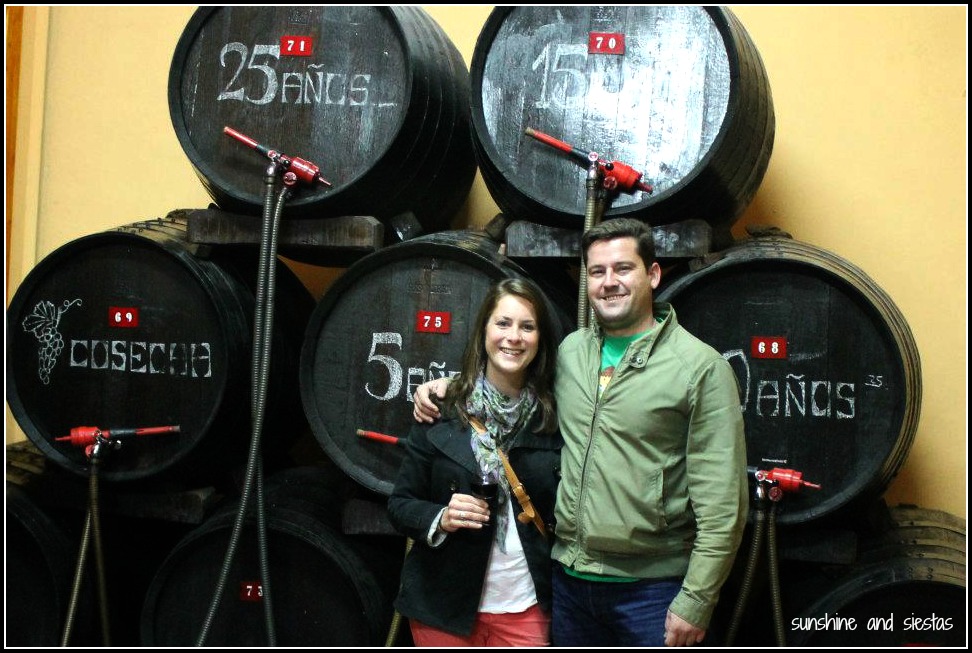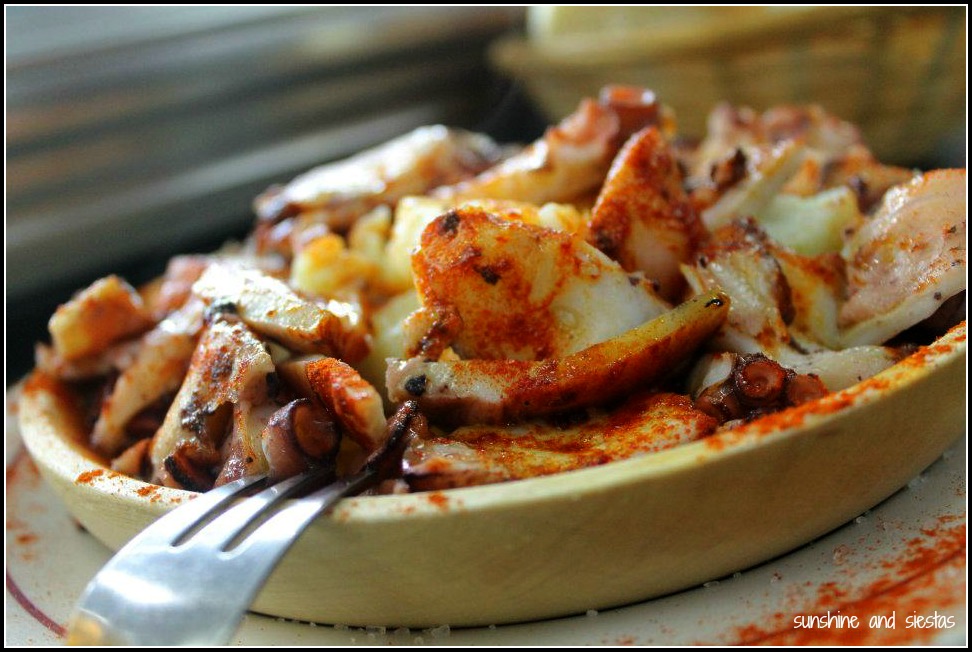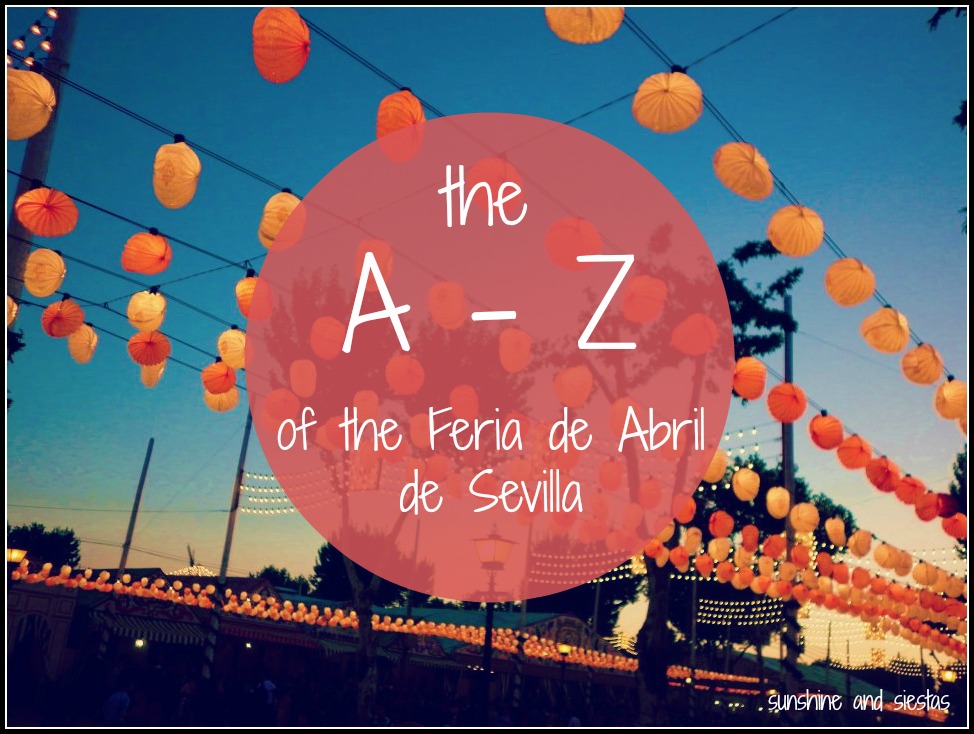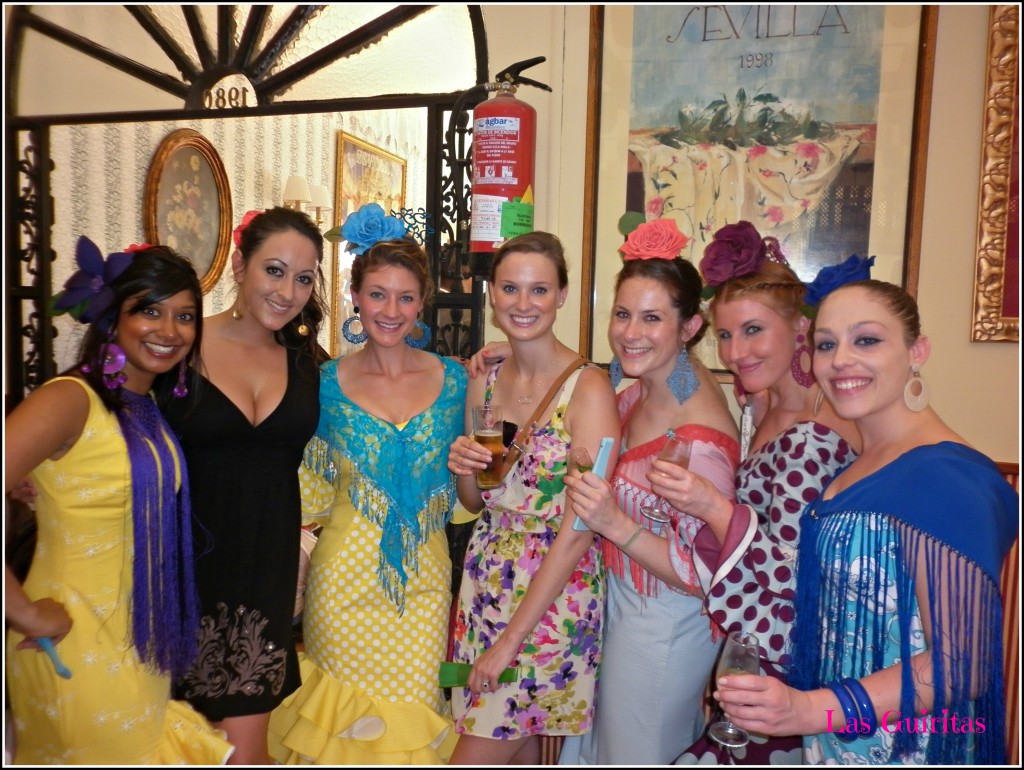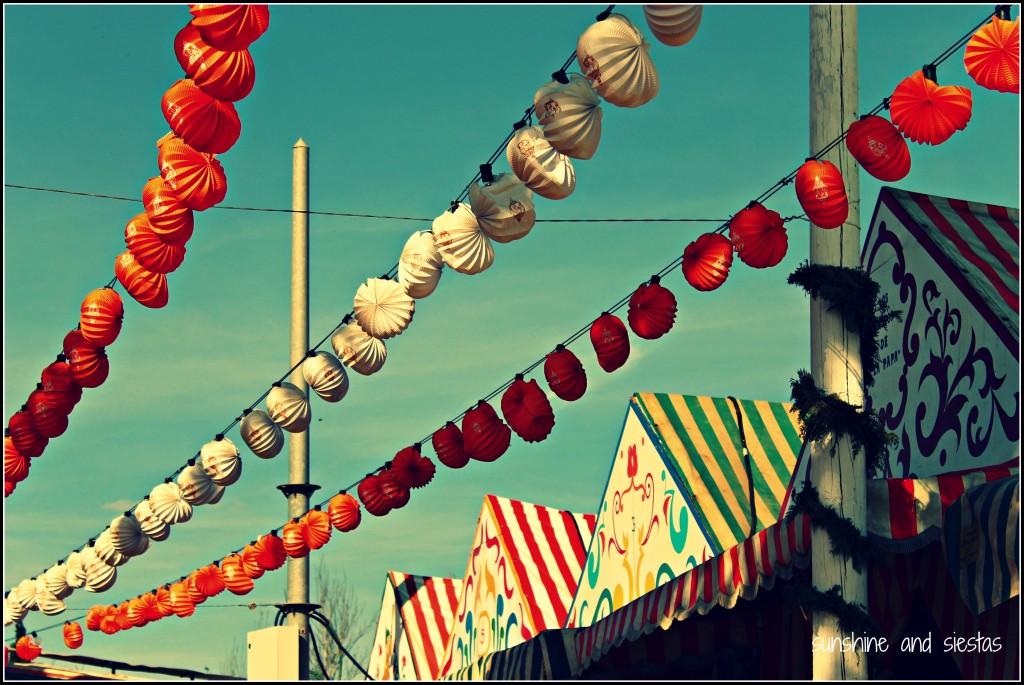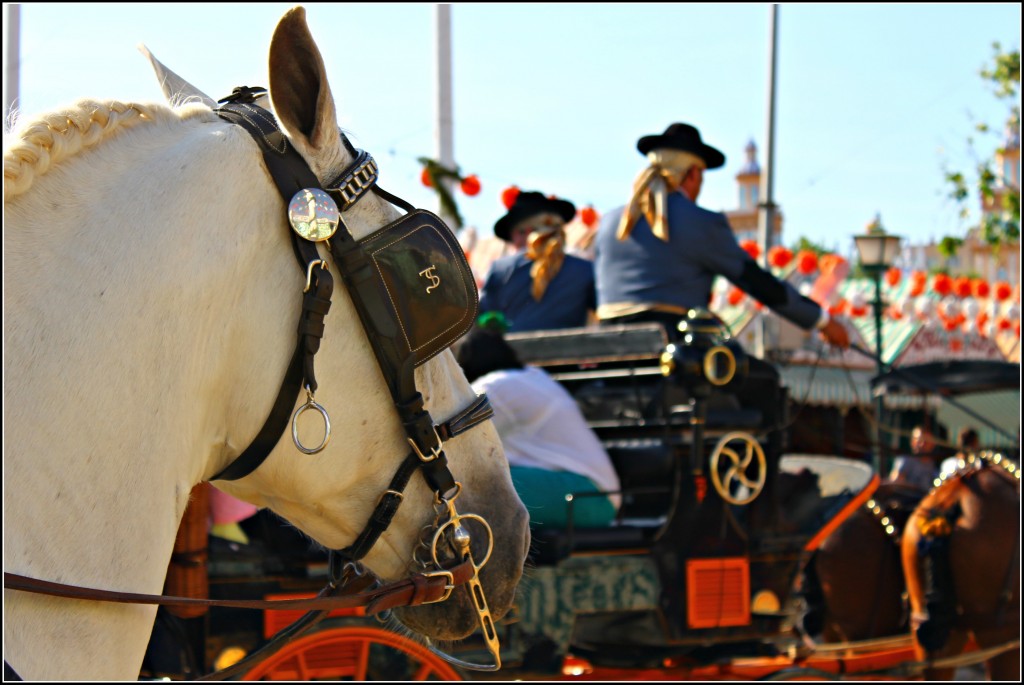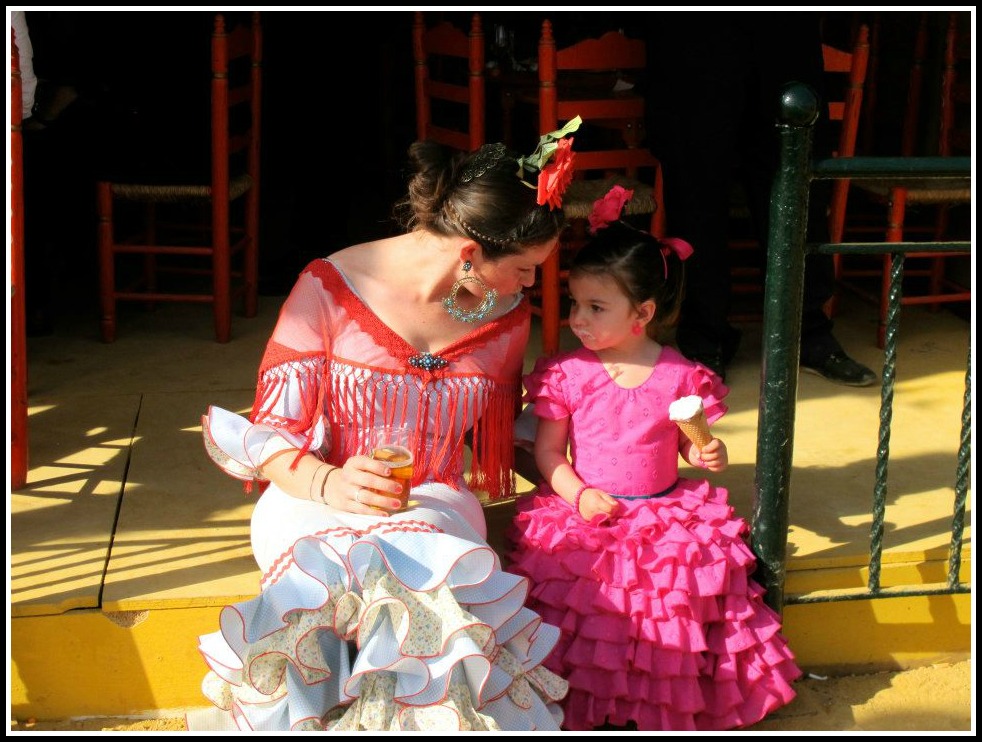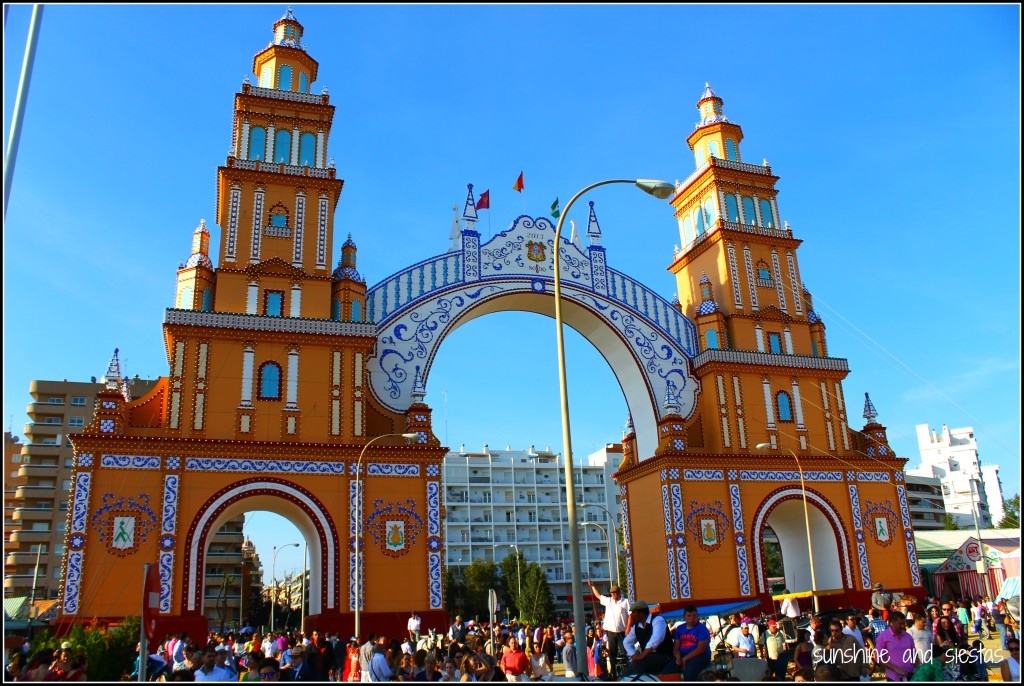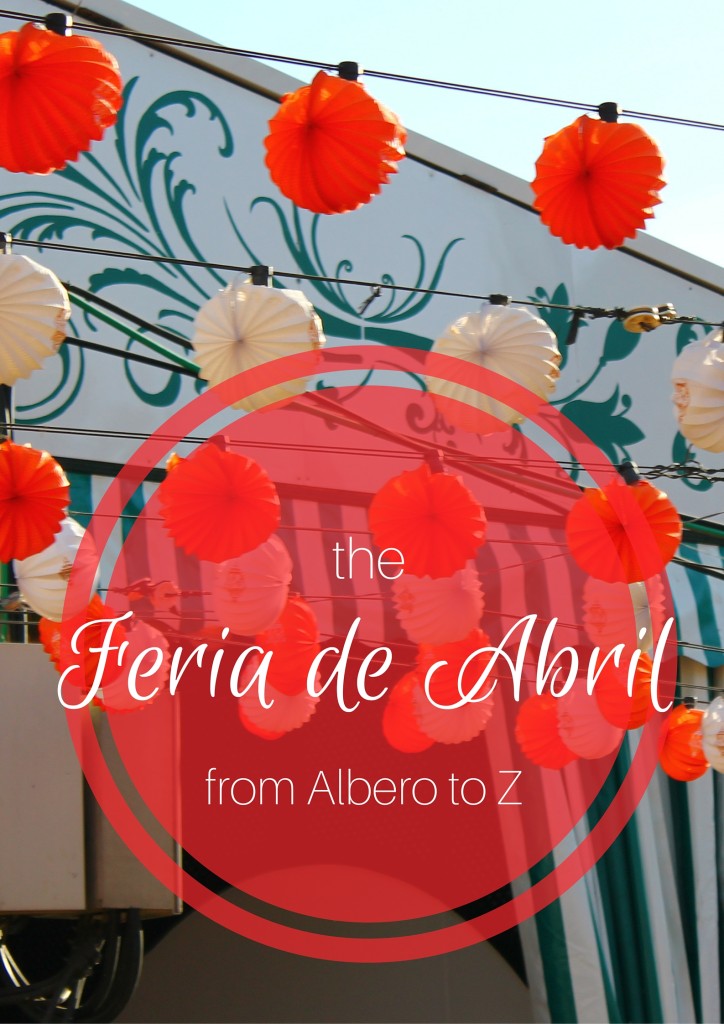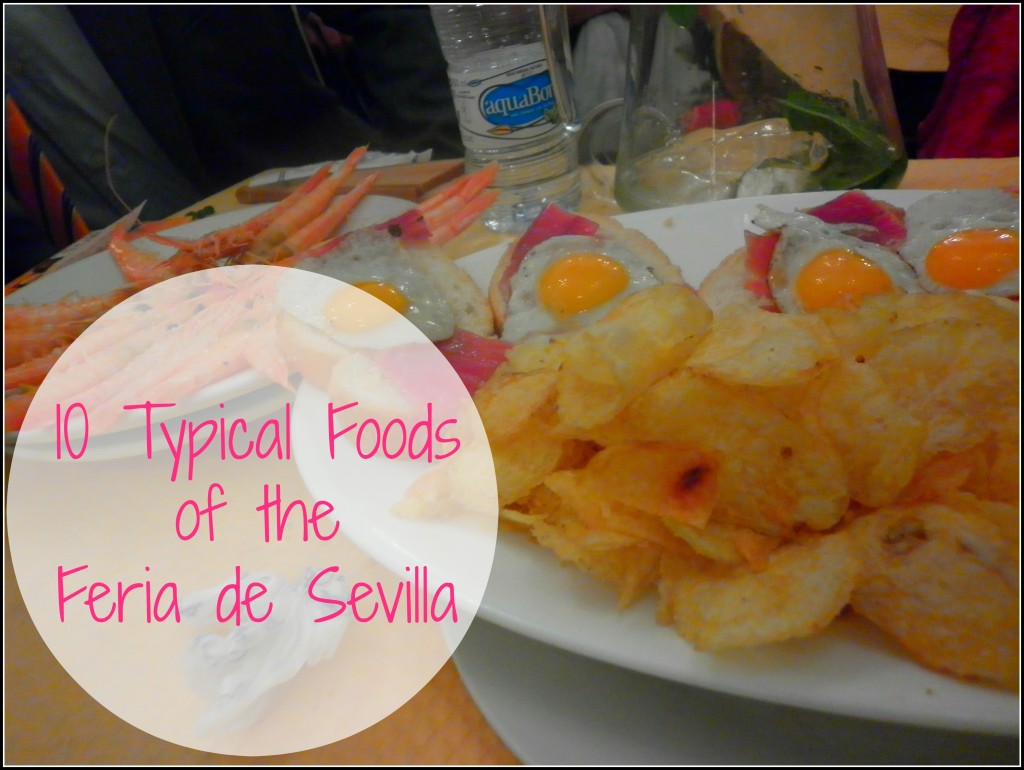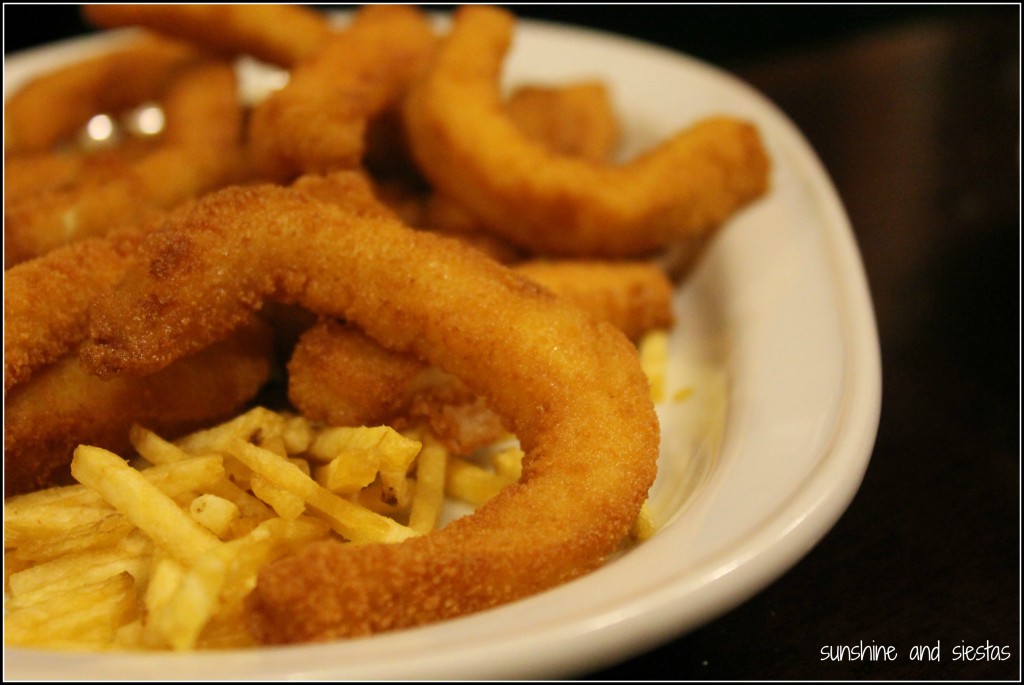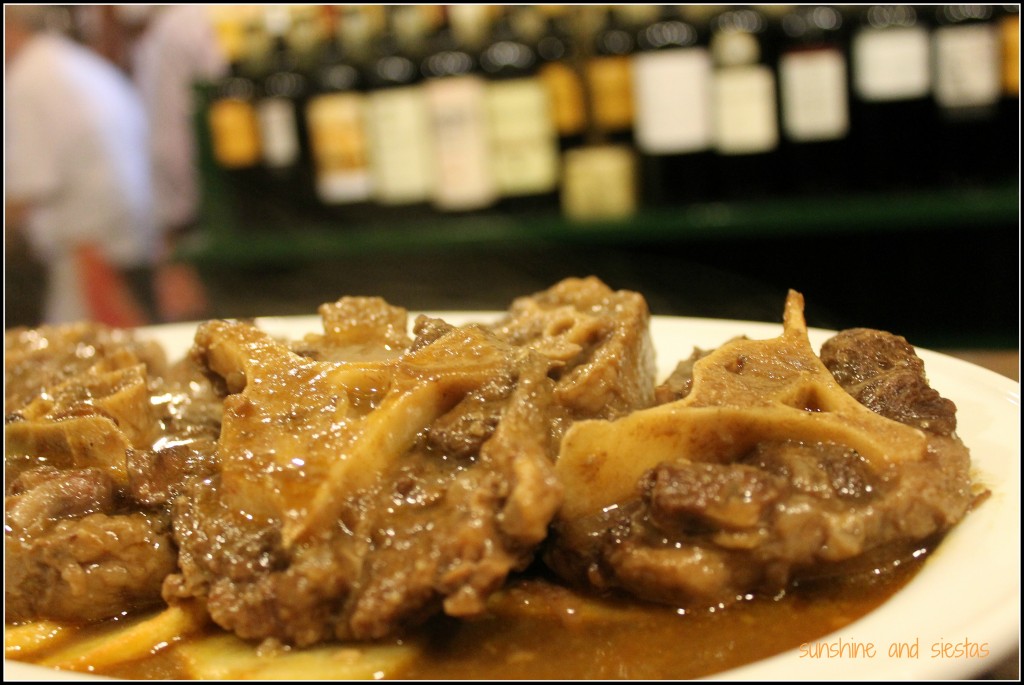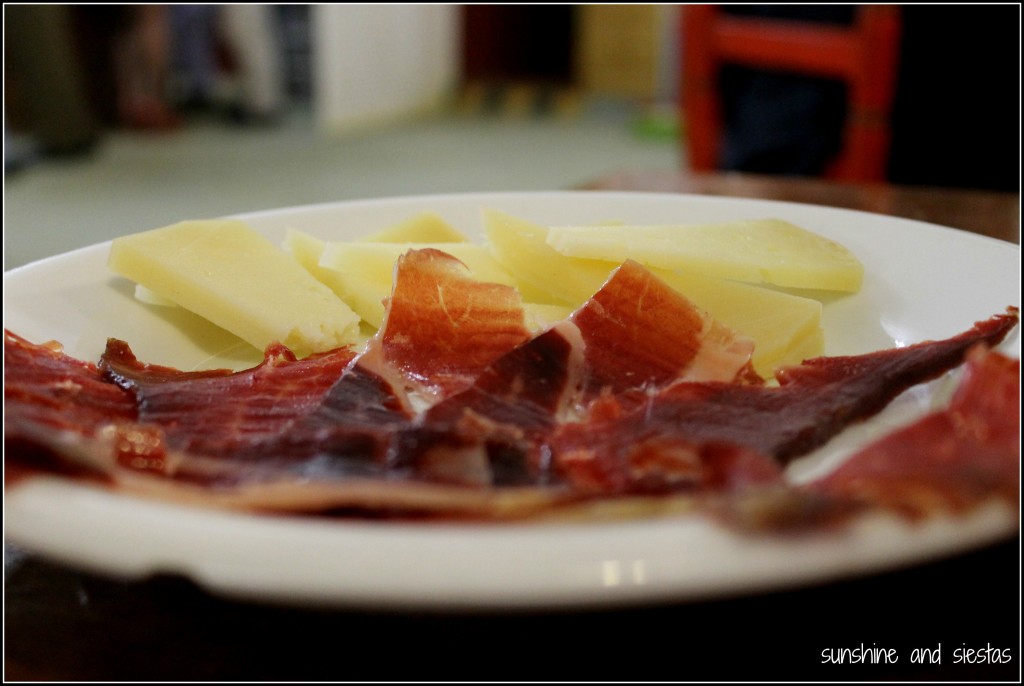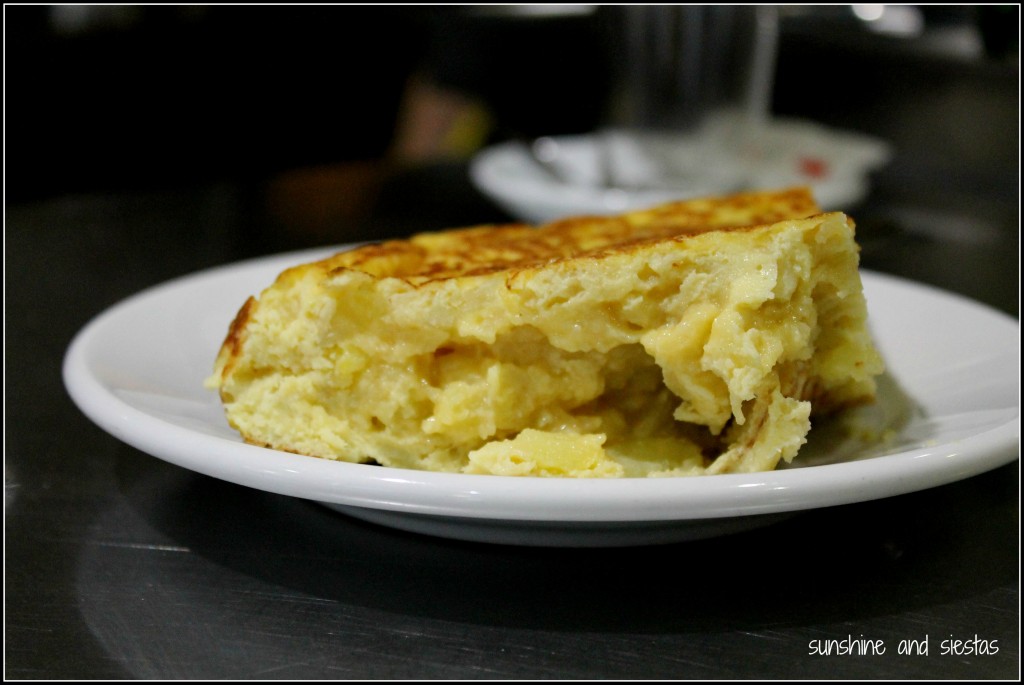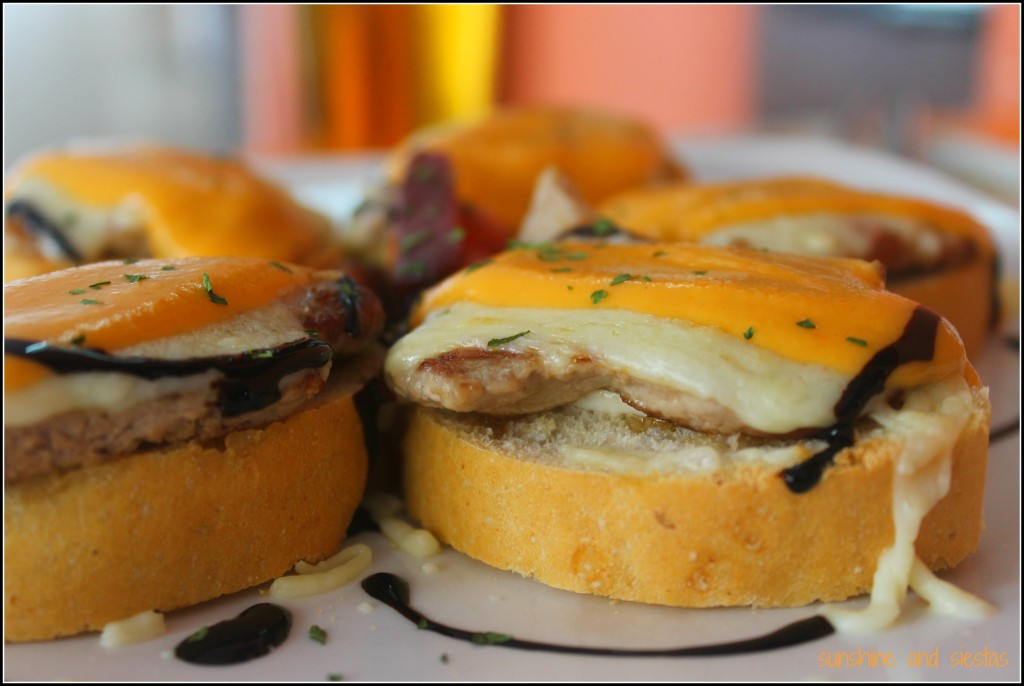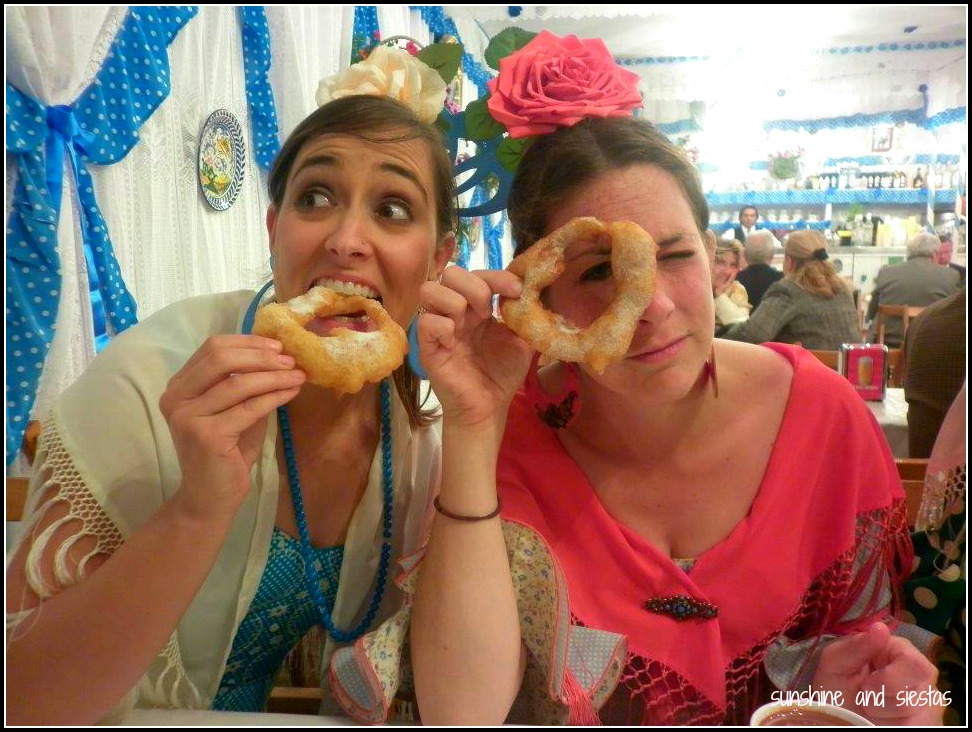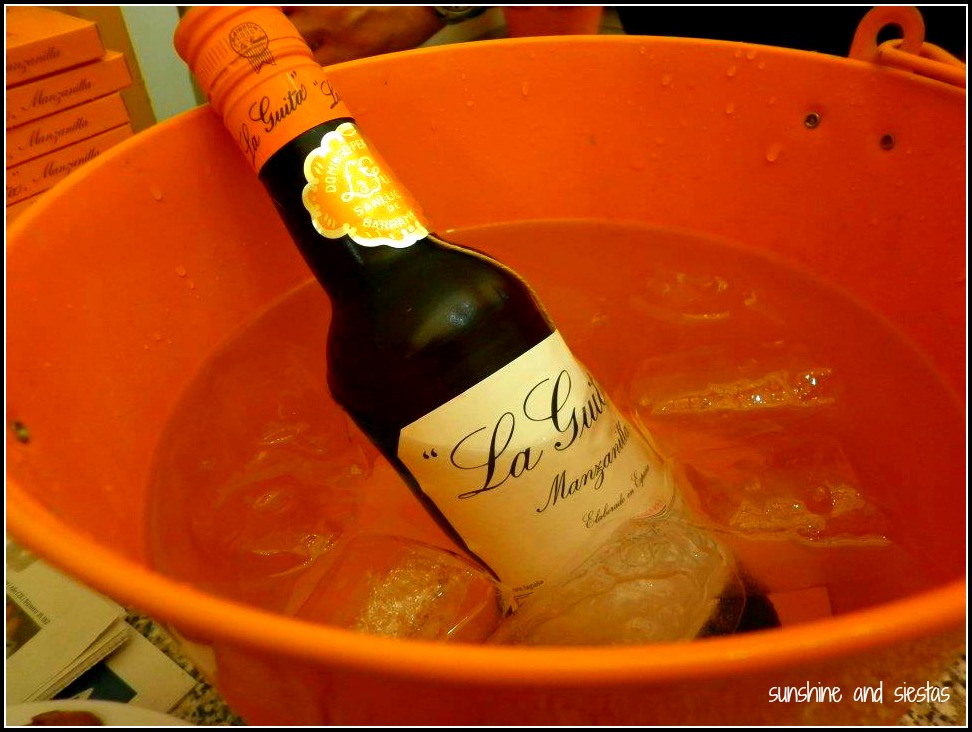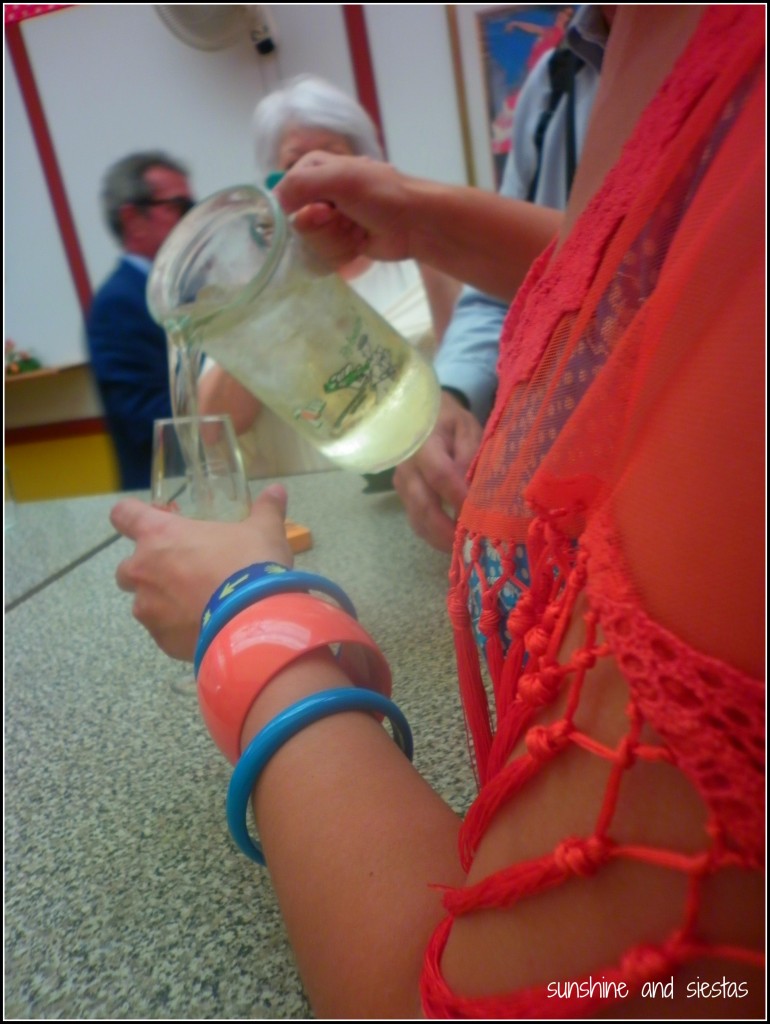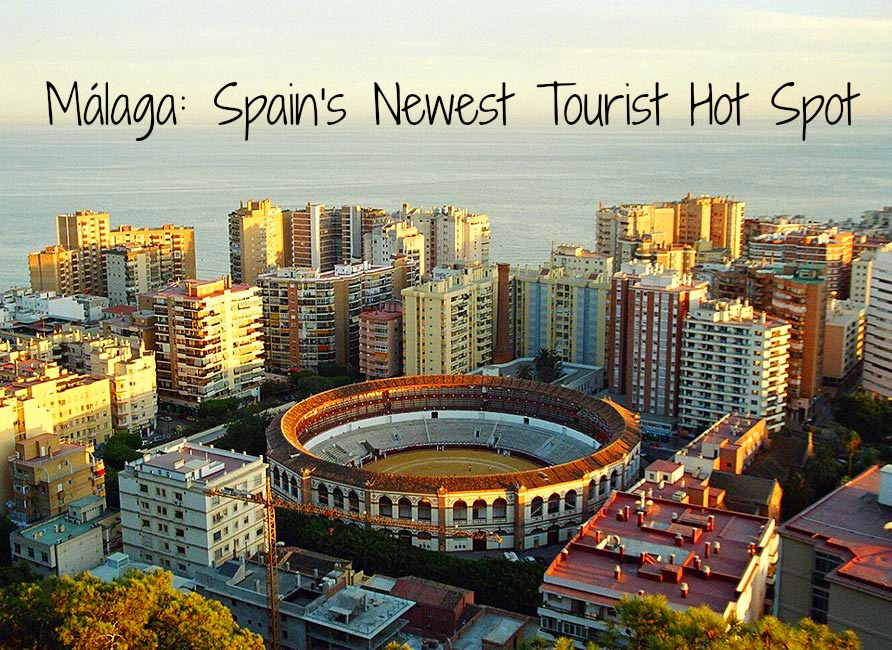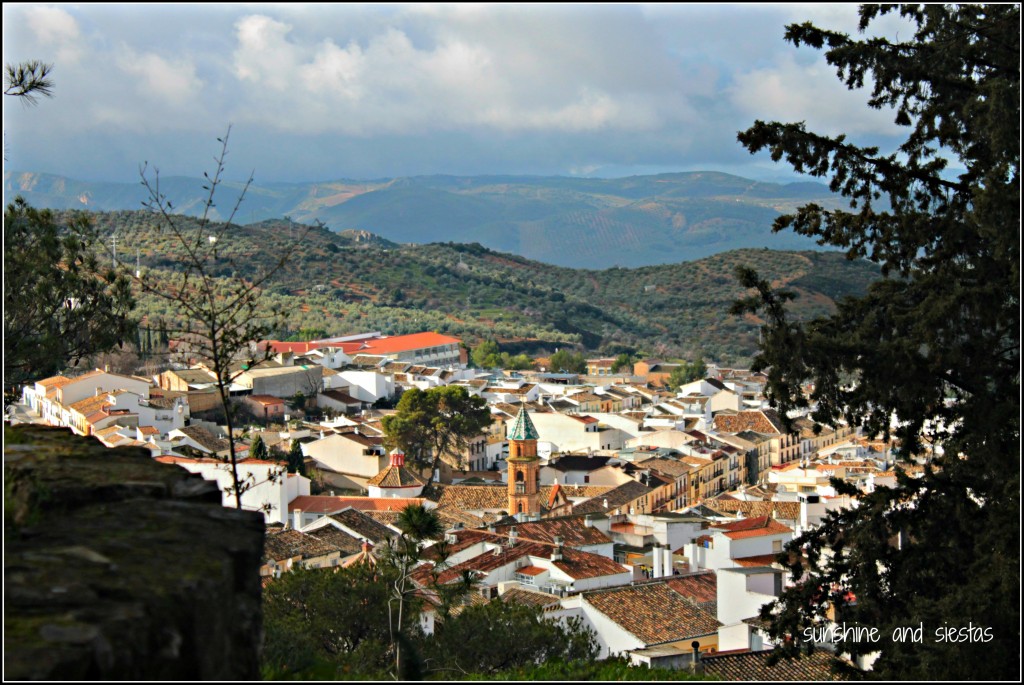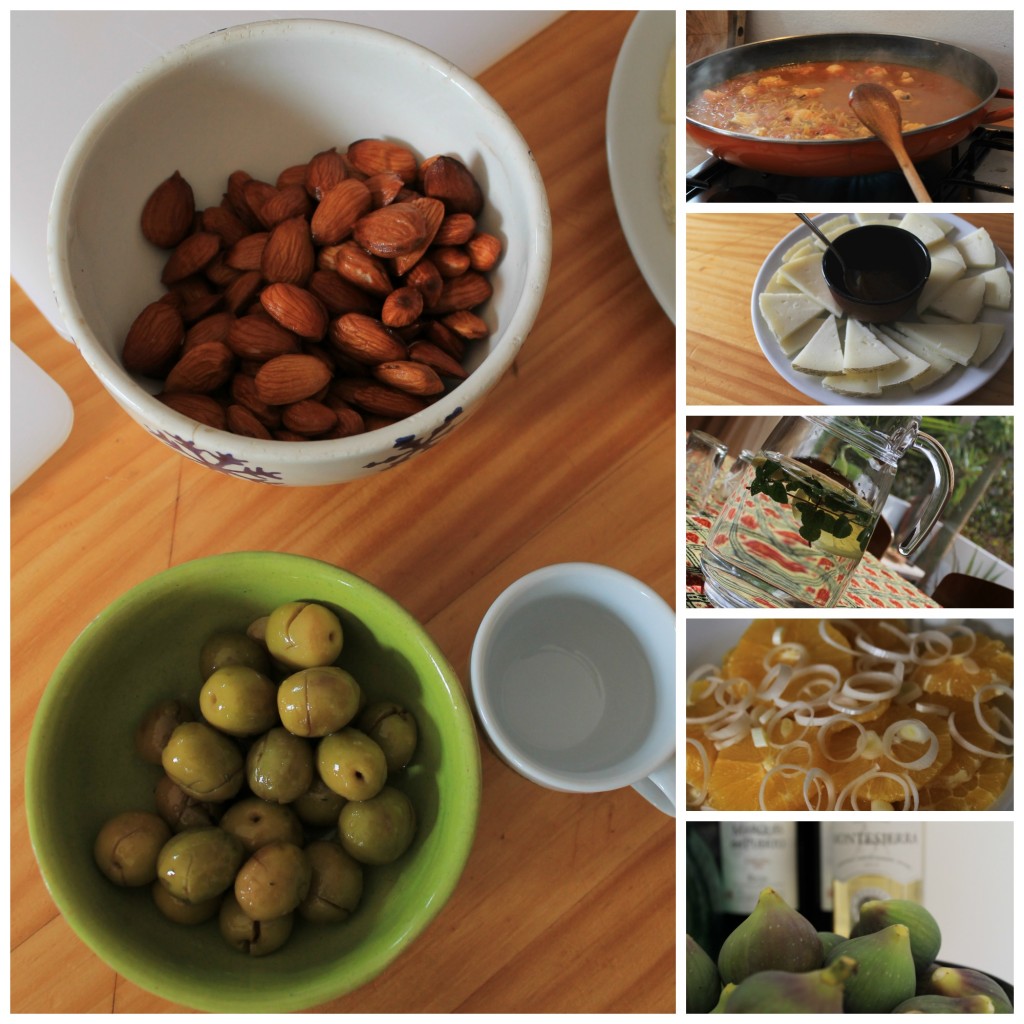“So we’re initially going to just be making plans for cervezas and tapas, correct?” One of my closest friends was just a few weeks away from his trip to Seville, and he’d planned the itinerary for me: a week of eating, drinking and catching up (and that’s just what we did!).
When it comes to showing friends, family and even readers my adopted city, they see less of the city’s monuments and off-the-beaten track gems, and far more grubby old man bars and fancy gastropubs than museums. My heart is happiest when my belly’s been wined and dined, and I love sharing Seville’s food culture with them.
I’ve eaten my way through Spain, from gastronomic sweetheart San Sebastián to family farms in Málaga, and Seville remains my favorite food city in all of Spain for three very important reasons.
Variety of Choices
If variety is the spice of life, Seville can only be described as zesty. Apart from the serving sizes and types of eateries, the sheer number of bars is dizzying.
While it would be impossible to count the number of bars in the city, figures tend to land in the 4,500 – 6,000 range when it comes to establishments for a bite or sip. Even if I wanted to try every single one, from the hole-in-the-wall abacerías to the Michelin-lauded gastro experience, it would take me years. And the question I get most from my readers, ‘Where should I eat in Seville?’ is harder to answer than you’d think.
Taking a mid-morning tapas tour with Devour Seville, a food tour company with operations in four Spanish cities confirmed that. In fact, Lauren and I mused about other places that Devour Seville could have included on their four-hour tour through Seville’s central neighborhoods. Andalucía’s flamboyant capital has no shortage of choices, and tour guides are even thrilled to make recommendations for dinner.
So, choice is a factor, but it gets even trickier from there. Bar or restaurant? Sit down or stand up? Trendy gastrobar or traditional tavern? Should we split large plates, or have everyone get their own tapas? And just how hungry are we?
What sets Andalusian cities apart from their northern counterparts in many cases is the serving size options you’re allowed. Lauren explained that the word tapa – Spanish cuisine’s global export – has several different origins, though the most common is that bartenders would plop a morsel of food on a thin-lipped sherry glass to keep out fruit flies. This practice, said to have come from Seville’s little sister city of Jerez, is one of the easiest ways to sample and share food. If you’re hungrier, choose a ración or media ración.
And, of course, then you have to pare down a menu and decide what to eat and what to drink. The tour had several Andalusian hallmarks but left behind the tortilla, huevos estrellados and gazpacho. After a morning of chowing down, we’d tried eight different dishes, each with a backstory of is origin and the establishment that served it.
Arabic, Roman Influence on Cuisine
In the middle of the morning, Lauren led us to a cluster of churches in the heart of Barrio Santa Cruz. Once a pocket of the city where Jews, Moors and Christians mingled and traded freely, there are traces of culture on every block and hidden beneath the citrus fruit trees that perfume the city and the almond trees planted further east.
Their sugar and egg pastries are baked in convents around the city (many made with oranges, lemons or almonds!), and though Spanish baked goods don’t do much for me, the naranjines we tried were actually sweet with a touch of citrus!
Additonally, Seville was truly the gateway to the New World and Africa, with ships coming and going from the port and bringing products from far off lands. The city grew fat off of riches from its discoveries before the gold and silver was taken to Madrid on the Via de la Plata, but the gastronomic heritage remained.
After a pit stop for a few sips of orange-infused wine, we walked through the city’s historic quarter and into the once-gritty El Arenal neighborhood, where ships were repaired as they unloaded their goodies. The New World brought the tomatoes for your gazpacho, the chocolate you dip your churros into and the potatoes served with just about everything from montaditos to meat dishes.
Another fascinating tidbit of local history lies in the twelve city gates that once punctuated the walled city. As we walked under the Postigo del Carbón, Lauren gave us a run-down of other food-monikered gates to the city, like meat and olive oil. By this time, we’d snacked and tried several sorts of drinks, but we’d worked up enough of an appetite for the main course: tapas.
Walkability
I felt like we walked less on the Devour Seville tour than my previous taste tests with them in Madrid and Barcelona, but Seville is the longest tour! Even after winding through the streets of Encarnación, Santa Cruz and Arenal for four hours, I felt strong enough to have one last beer with another tour-goer at primetime on a sunny Friday!
All of my guests are surprised at how easy it is to walk around Seville – even if getting lost in the winding, cobblestone alleyways is part of the experience. The city sits at 11m above sea level and there’s one ‘hill’ in the whole place!
Besides, Seville is beautiful, between the tucked-away plazas and tiled entranceways, so it’s easy to be entranced.
How to Tapear in Seville
A true tapas tour doesn’t just settle for one eatery – it’s quite normal for the hungry to go from bar to bar, ordering one drink and one plate before moving on to the next. And don’t expect to sit down at a table. Most tapas bars allow you (or force you if it’s that popular) to eat at the bar itself, giving you the chance to bark your order to the waitstaff without flagging down a frazzled waiter. Bonus points for the bar if they tally your tab in chalk right next to your plates.
The bars clustered around the city center should be your focus if you’re visiting Seville – check out the bull meat entrées served in El Arenal, choose international dishes and Spanish favorites around El Centro, and opt for al fresco dining in La Alameda.
Be aware that many bars will not have English translations, and if they do, they’ll often leave you just as confused (seriously, I once saw ratatouille listed as ‘tomatoes attacked by angry vegetables’). Start by ordering a few plates – you can always get more if you’re still hungry.
If you’re overwhelmed, leave it to the experts at Devour Seville. This four-hour tour will have you sampling eight dishes, which is enough to feel satisfied without being stuffed. The guides are knowledgable and personable. Prices start at 65€ for their Tastes, Tapas & Traditions tour.
Devour Seville allowed me to tag along on their inaugural tour, though all opinions are my own. I’m a big fan of their mission – to use local vendors and provide customers with a taste of Spain – and their excellently assembled tours!
Have you ever eaten in Seville? What are your favorite places to chow down?
I’ve got loads about food in Seville, from Tapa Thursdays, which highlight foods and restaurants, to recommendations on where to eat in town. My instagram is also full of food and beer photos with fancy filters – follow me!
